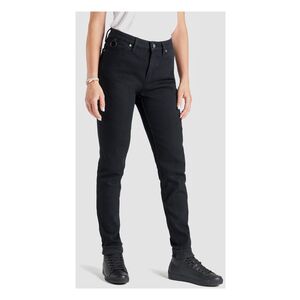It’s billed as a “clash of cultures.” The Yamaha XSR900 attempts to blend cutting-edge sport performance and heritage styling into a harmonious masterpiece.
Debuted back in 2016, the first generation of XSR was arguably successful in this endeavor. But how does one up the ante on a model that is already looking in the rearview mirror for inspiration? It turns out that Yamaha has more than enough ammo in the race technology and heritage categories to produce another worthy followup under the XSR badge.
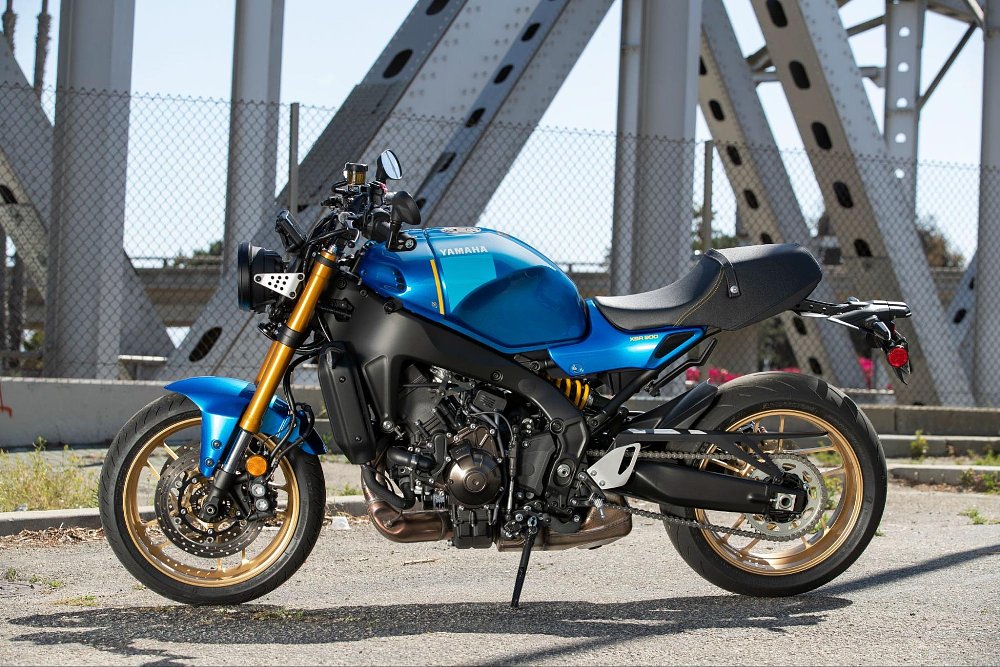
Talking about my generation
Ah, the 1980s. Shoulder pads, high-top Reeboks, and saturated colors everywhere. As an ‘80s baby, I certainly have a soft spot for the decade and its flashy decadence. As Yamaha pondered how to revamp the second generation of XSR, it only seemed to make sense to fast forward from the 1970s inspiration of the original XSR into the next decade, and they centered their attention on the GP racing machines of the ‘80s in particular.
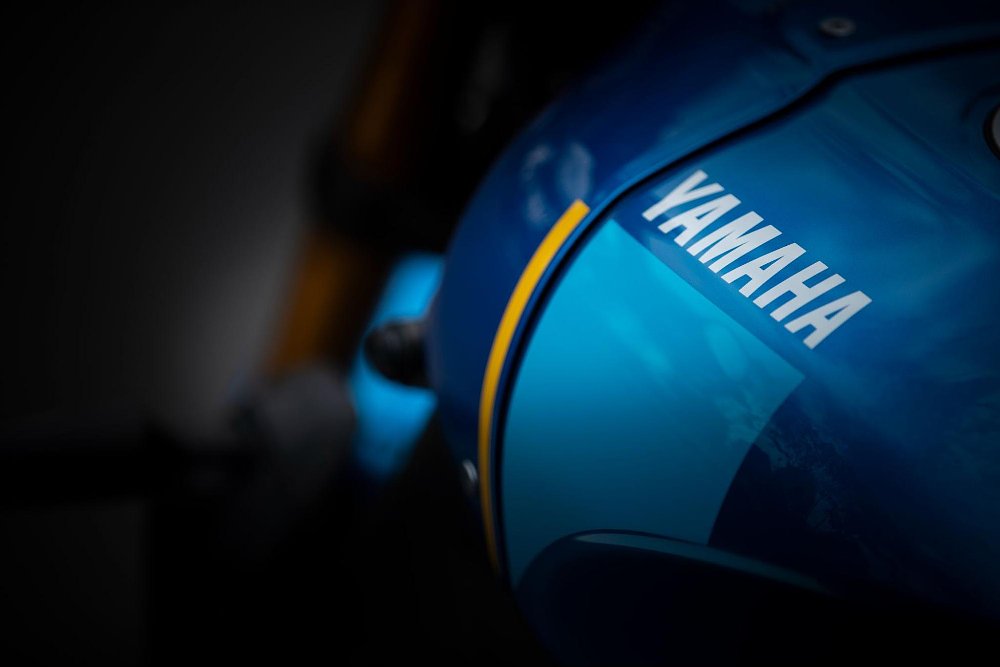
The XSR body shape has morphed into a more geometric form, taking styling cues from the boxy bodywork of the iconic 1980s fairings. Replicating a full fairing race bike is a tall order for a naked machine like the XSR, so the bright blue and yellow livery takes center stage in driving home the race heritage on the latest model. Some interesting details on this XSR also include foldaway passenger pegs to keep the bike silhouette clean when vacant, bar end mirrors as the official stock option, and an upgraded LED round headlight for the face.
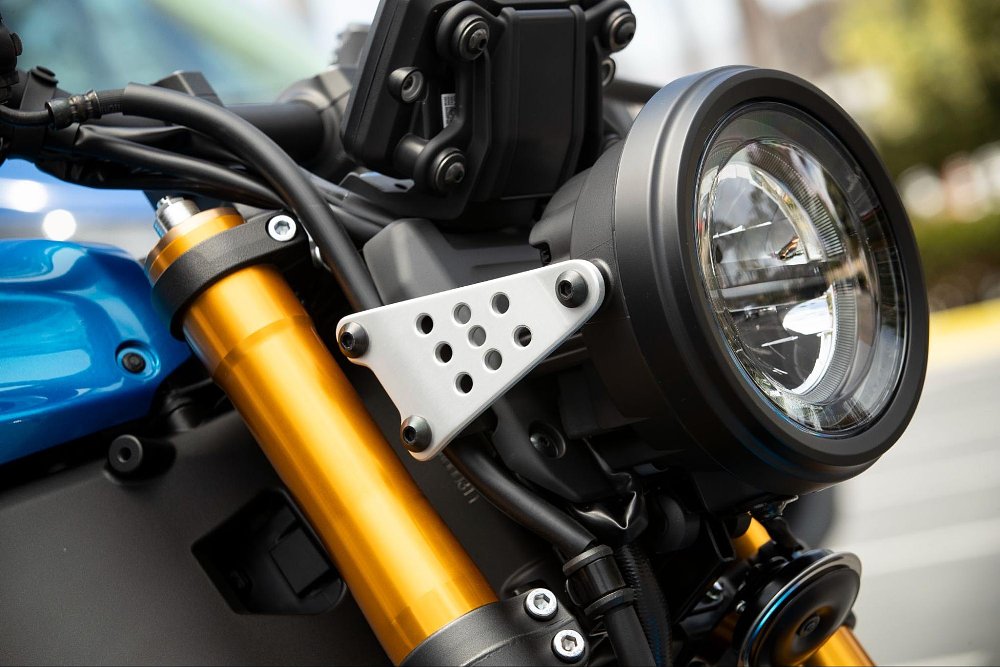
Once settled into the cockpit, a shorter rider like me at five feet, four inches will be on their toes due to the 31.9-inch seat height. The riding position of the latest XSR is just a smidge more aggressive than last year's model, and a bit more hunched over compared to the upright MT-09 configuration. With that said, I enjoyed our all-day riding without any sore wrists or back, and even the tallest riders I spoke with said they did not have any complaints. The XSR also comes with adjustable levers so accommodating most rider preferences is attainable. My point here is that the XSR is a bike that can be made to fit a wide range of rider sizes and preferences.
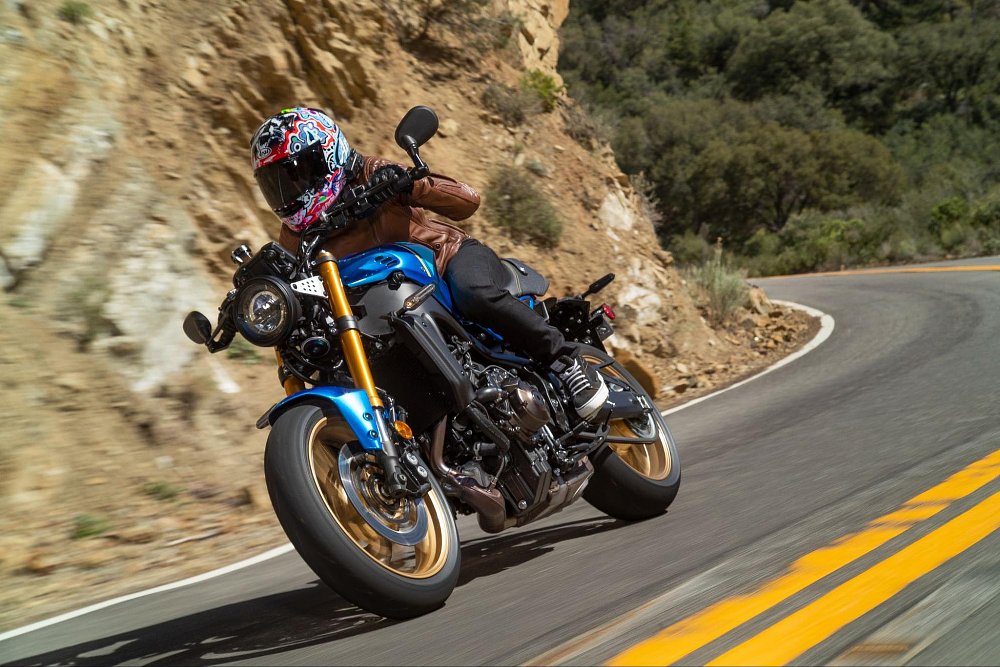
Back to the future
All looks aside, the real secret sauce of the XSR is the technology and performance that is cloaked in the non-threatening stance and styling of the bike. Do not be fooled, the CP3 powertrain and fully revamped chassis make good on the “sport” side of the XSR’s sport heritage ethos.
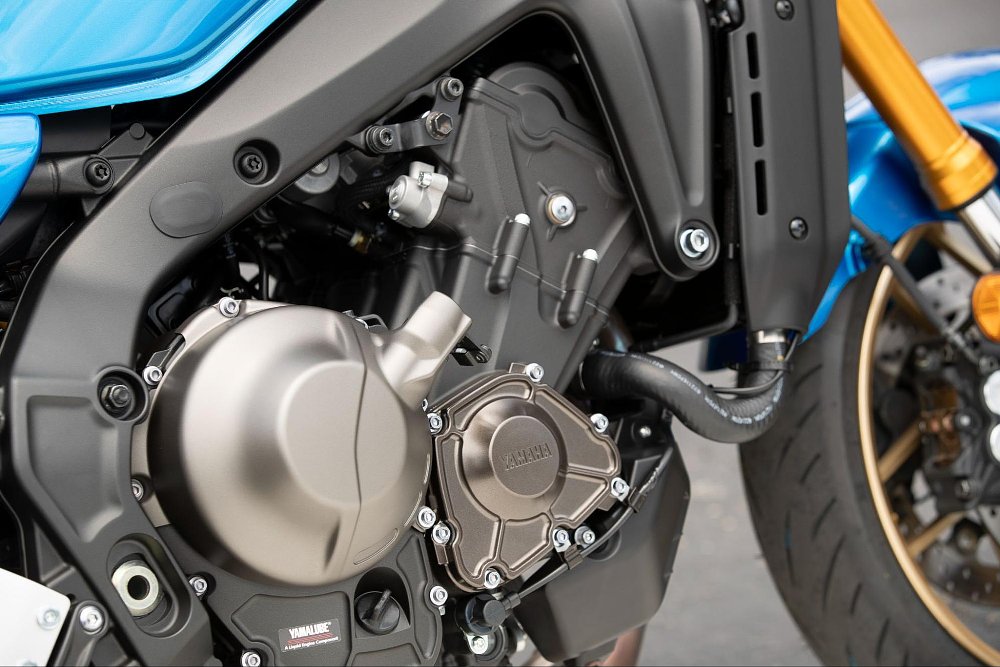
It is worth pointing out that the XSR has received nearly all the same updates as the MT-09 that Zack detailed in his first ride review. The XSR does have a few minor deviations, however, the first being a slightly longer swingarm and the second being even stiffer suspension settings. The directly comparable results of these changes mean the XSR has a longer wheelbase and “isn’t as light at the front wheel” as the hooligan MT-09.
If you haven’t read up on the latest changes to the inline triple CP3 engine, it’s a laundry list of internal changes such as an updated camshaft, cylinder head, transmission, intake system and exhaust that all help the XSR meet Euro 5 standards, achieve better fuel mileage and gain a small bump in torque. This was my first ride on the CP3 powerplant and I can see why it has a multitude of fans. It is a lively engine with an extensive range of power. The four available power modes provide even more nuance and versatility for the rider to fine tune their ride.
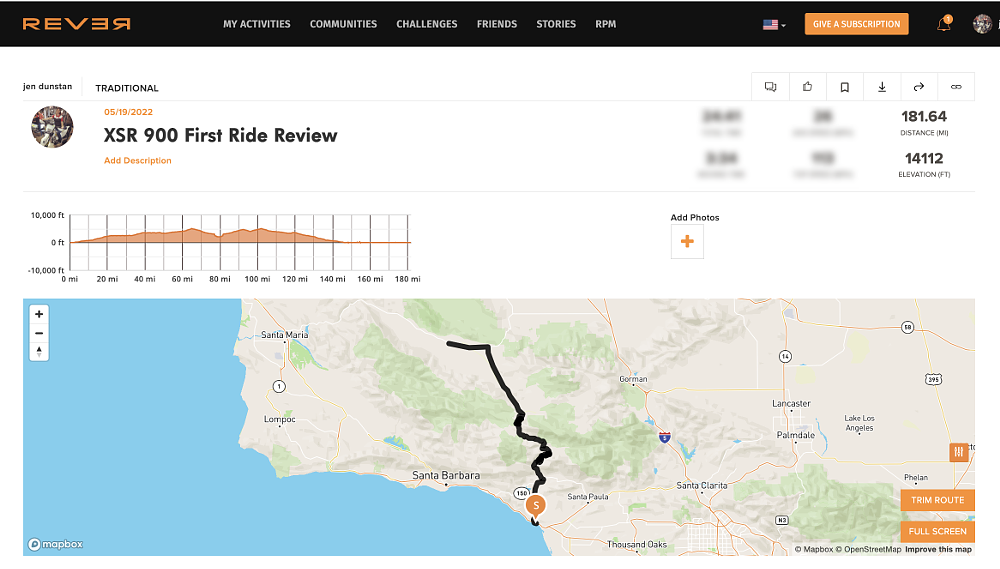
The first edition XSR and MT-09 models were reputed to be a bit twitchy in throttle response. While Yamaha has made an effort to help refine that throttle response, I found in the most aggressive power mode that throttle response was still crisp, very reminiscent of my track-dedicated R6. For those unaccustomed to the sharpness of a sport Yamaha, I can see how this is a bit unsettling, but the good news is that in all the other power modes the hit is way more gentle.
For the majority of my street ride, I kept it in power mode two, still plenty spicy but not enough to spit me off if I had a mid-corner correction to make. I sampled power mode three and felt it would be an excellent power map for newer riders just hopping onto their second bike and needing an adjustment period before unleashing all of the XSR ponies. Power mode four is considered the rain conditions setting, and it carries out its perfunctory purpose as best as I could tell in the perfectly dry and sunny conditions I rode it in.
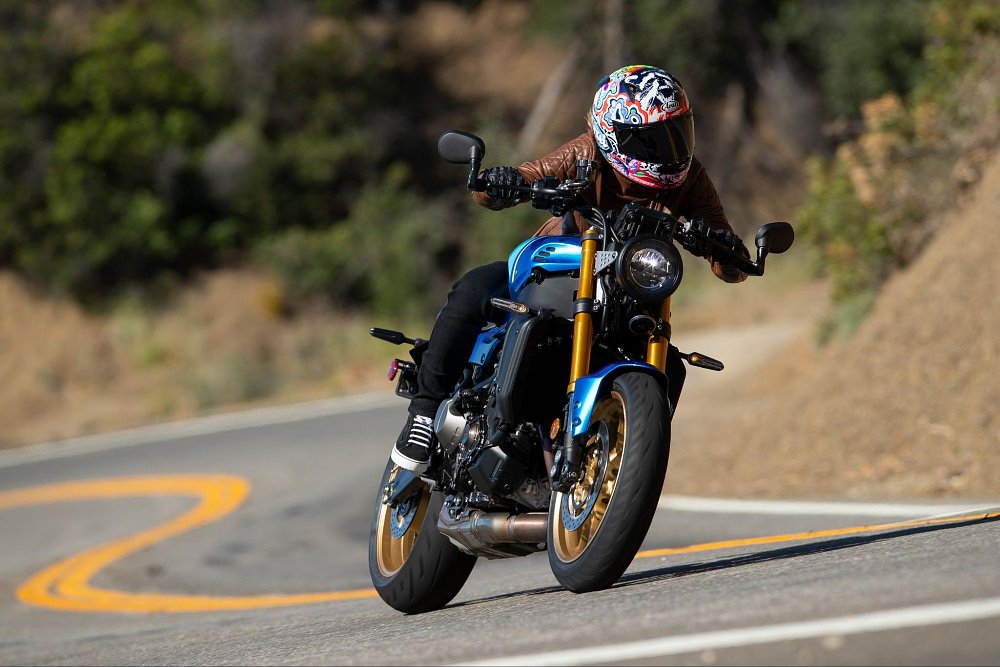
When it comes to the handling capabilities of the XSR, Yamaha brought us out to some of the twistiest roads of Southern California and did so with an abundance of confidence. The new die-cast aluminum frame, sub frame and swingarm were all redesigned with a focus on lateral rigidity and improved feedback when on the edge of the tire. Combined with the stiffer settings of the front fork and rear shock, the XSR was certainly taking its racing heritage to heart.
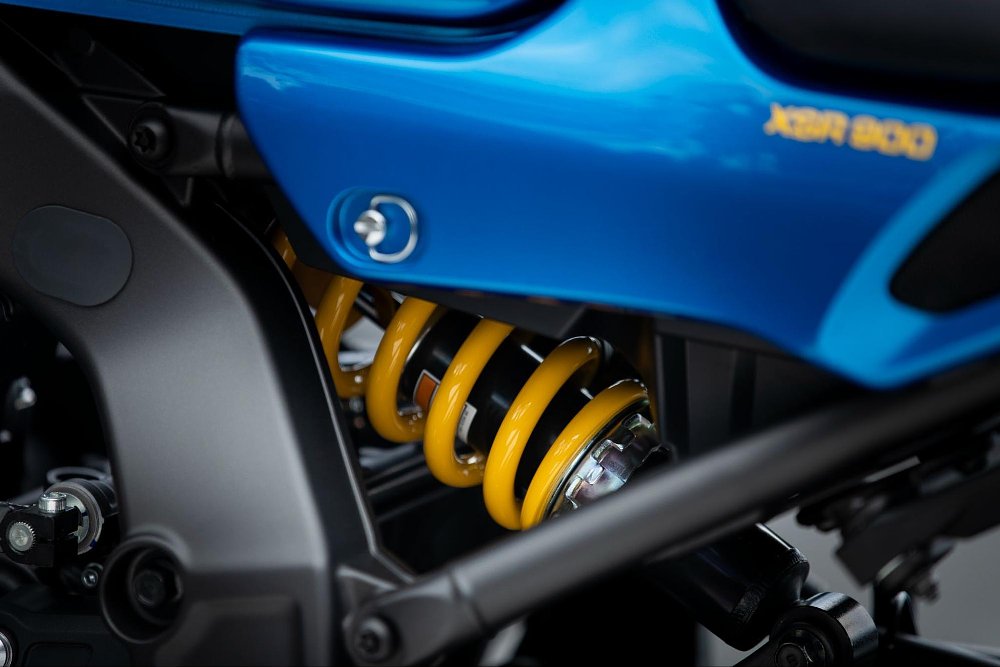
At corner entry on the brakes, the XSR maintained its composure, no diving or dipping as the front end tipped in. Honorable mention here as well for the quickshifter that smoothed out plenty of “uh-oh” rapid downshifts on those sneaky sharp corners that took me by surprise. Through the mid corner, the XSR was absolutely solid, even as I ran over some wayward gravel. The XSR didn’t give me a slip or slide but stayed committed to the line. Finally, on corner exit, always my favorite, the XSR would barrel out of the corner with whatever throttle I was brave enough to give it and did so without any protest. It didn’t matter if it was the tightest of hairpins or the longest of sweepers, the XSR was unflappable.
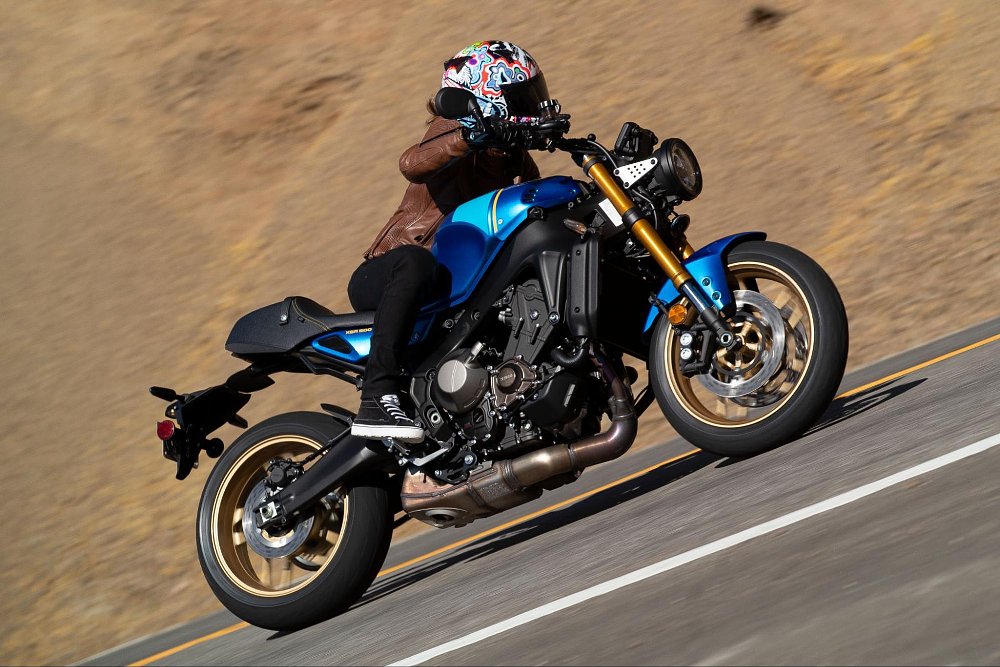
The digital age
The other area of noticeable upgrades to the XSR is the addition of the six-axis IMU that brings rider aids such as traction control, slide control, lift control, and ABS brake control (standard and lean-sensitive) to the latest generation bike. Along with other important queries such as “will artificial intelligence be our downfall,” one has to ask — does the XSR need this level of computing?
An argument can easily be made either way, and for Yamaha it would appear that the camp of “why not” wins out and so the XSR gets to enjoy all the bells and whistles of the R1-derived electronics package. The traction control has three settings and the ability to be completely turned off, and for the “set it and forget it” kind of rider that I am, mode 2 was a no-nonsense happy medium. What really struck my fancy was the addition of cruise control, missing from the first-generation XSR and a welcome feature for those boring stretches of road on the ride.
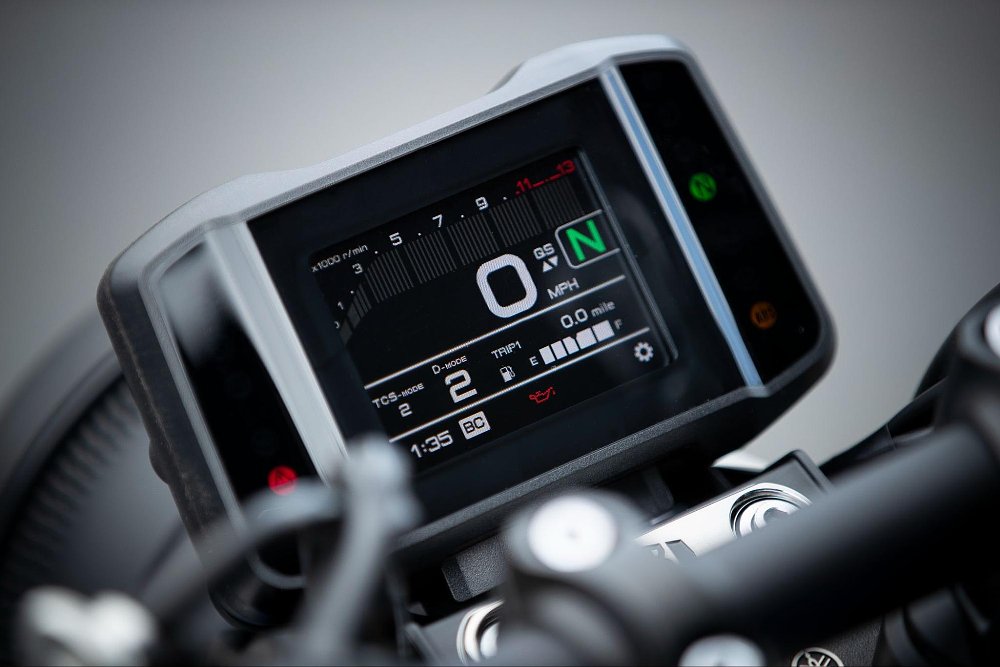
Another electronic upgrade of note is the 3.5-inch TFT dash. I was at first skeptical of the size of this dash but it is extremely readable and the order of size and priority of the functions of the dash all made sense to this rider.
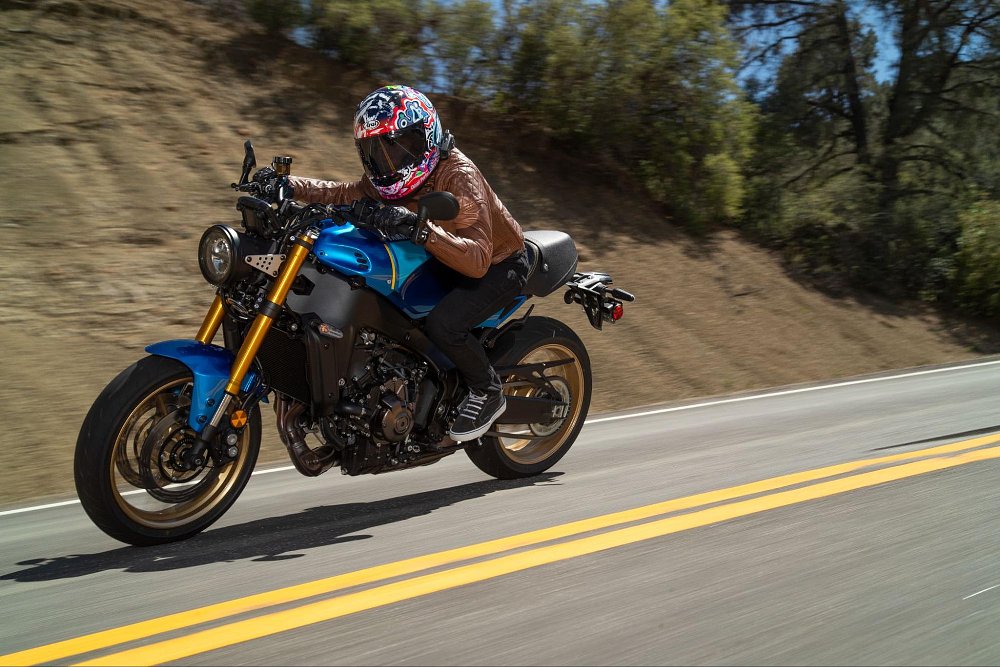
The sum of its parts
The 2022 XSR900 is a do-it-all machine and surprisingly approachable in size and power. I can see it fitting the bill for a large variety of commuters, joy-riders, and customizers. If I had to nit-pick it, I’d like to have seen it lean more into its 1980s heritage. Perhaps an iconic boxy tail cover and bikini fairing to tie in with the GP racing livery as an accessory add-on would be a neat callback.
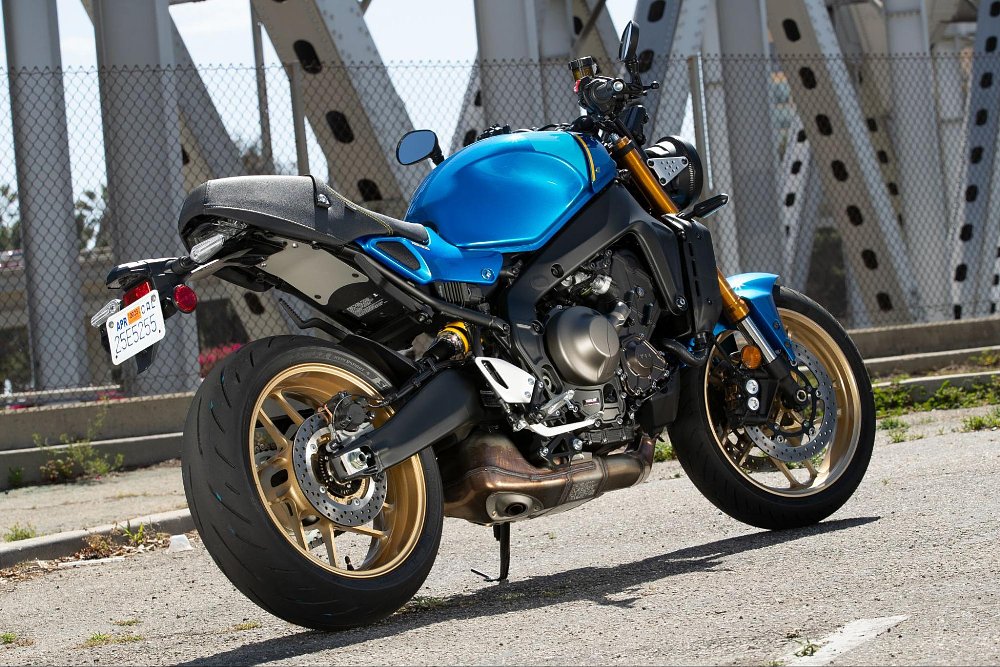
Where the XSR900 completely exceeds expectations is with its performance. I believe for myself and many riders, a machine tagged as a “sport heritage” model almost always means shortcomings in power, handling, and technology. In this regard the XSR is an absolute “sleeper.” The Yamaha racing DNA is unmistakable.
Riders may show up on showroom floors for the affordable price tag and retro naked bike vibes of the XSR900, but what will make them lifelong fans is the agility and performance. The XSR900 brings a certain “raciness” that is totally unexpected, but still somehow unintimidating and just plain fun.
| 2022 Yamaha XSR900 | |
|---|---|
| Price (MSRP) | $9,999 |
| Engine |
890 cc liquid-cooled, 12-valve, DOHC inline triple |
| Transmission, final drive | Six-speed, chain |
| Claimed horsepower | N/A |
| Claimed torque | N/A |
| Frame | CF die-cast aluminum frame |
| Front suspension | 41 mm inverted fork, adjustable for preload, compression and rebound damping; 5.1 inches of travel |
| Rear suspension | Single shock, adjustable for preload and rebound damping; 5.4 inches of travel |
| Front brake | Dual 298 mm hydraulic discs with ABS |
| Rear brake | 245 mm single hydraulic disc with ABS |
| Rake, trail | 25.0 degrees , 4.3 inches |
| Wheelbase | 58.9 inches |
| Fuel capacity | 3.7 gallons |
| Tires | Bridgestone Battlax Hypersport S22, 120/70ZR17 front, 180/55ZR17 rear |
| Claimed weight | 425 pounds |
| Warranty | 24 months |
| More info | yamahamotorsports.com |

















